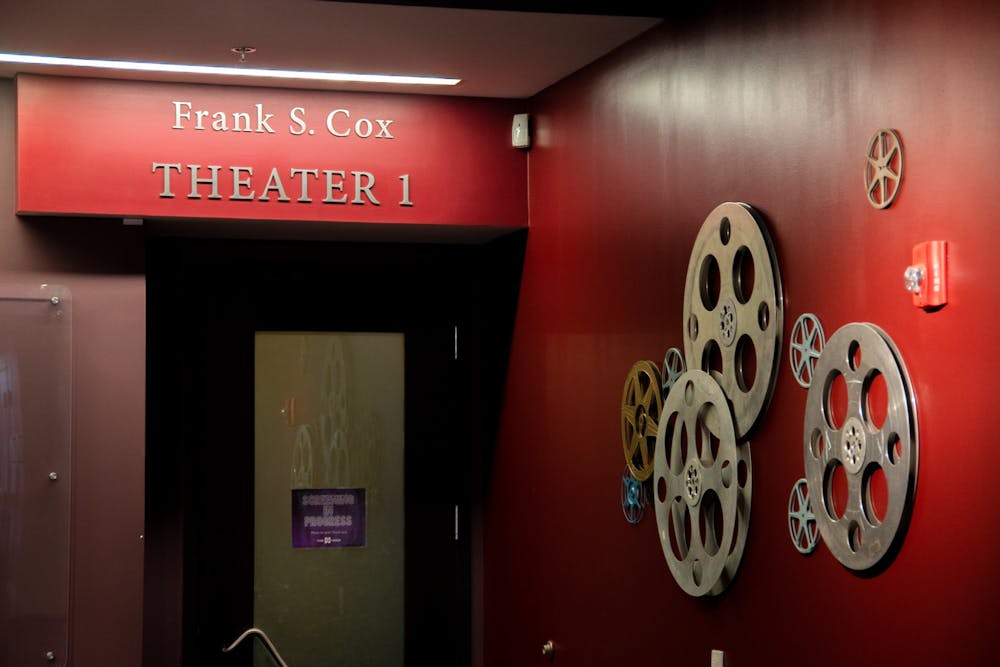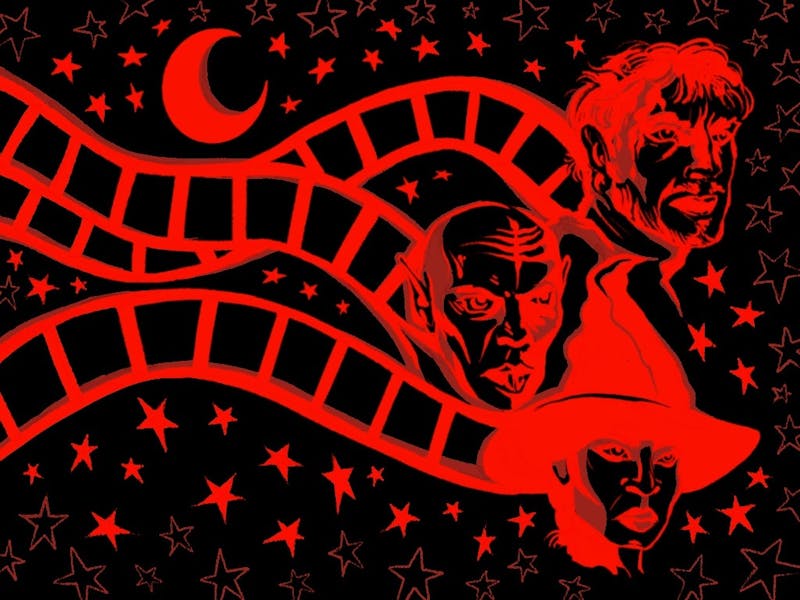“'Star Wars' in '77 quanta leaped everything,” states Evan Meaney, USC Film Professor referring to the motion graphics used in movies and the comeback of sci-fi as a popular genre.
Since the break-though of George Lucas’ "Star Wars: Episode IV - A New Hope" in 1977, the special effects used have evolved from the use of stationary models to deep fake and AI technology. The famed franchise has set the stage for other filmmakers to follow in terms of its ever-evolving technological innovations.
However, these changes have raised the question of the relationship between technology and ethicality in cinema and its influence on the audience.
When director Lucas shot the original trilogy, there was hardly any computer-generated involved instead they used a motion-controlled camera system against the blue screen to film stationary models to showcase the movement of starships. He could not even shoot using digital cameras until the production of "Star Wars: Episode II - Attack of the Clones."
The special-effects company behind "Star Wars," Industrial Light & Magic, has now revolutionized the cinema industry with its introduction of using the Volume which began with "The Mandalorian." A description of this successor of the green/blue screen is an interactive image projected onto the Volume wall, which was a 20-foot-tall, 270-degree semicircle. The smoothness of this humongous LED screen in terms of filming was attested to by Dakota Wilkinson, president of Star Wars Club, who mentions “When looking at the prequels, you can tell it is off, but with "The Mandalorian", I didn’t get that feeling”.
Regardless of the praise heaped on "The Mandalorian" for its embankment in futuristic technology, the audience still loved the visuals and “rebellion” atmosphere created in "Andor" for which the creative team had opted for real-filming locations rather than continuing the Star Wars tradition of using the Volume. The team was rewarded for their involvement of reality into the show, which was 96 percent on RottenTomatoes.
“There’s a physicality that happens with actual actors and sets that is really challenging to reproduce,” said Meaney, “When you use all the tools to create things digitally, you end up with a product that feels like real-life but not like real-life”.
The critical review of "Andor" showcases the value of reality in cinema which cannot be overshadowed by the increase in technicalities used to enhance or pave a pathway for iconic characters to return.
But, classic and fan-favorite characters have been brought back in the same flavor base but with different ingredients.
Here comes Luke Skywalker to save the day at the end of "The Mandalorian" and interacts with Grogu and Ahsoka in "The Book of Boba Fett." The most surprising part: it’s the Luke from "Star Wars: Episode V - The Empire Strikes Back" filmed in 1980. Both of his cameos were a surprise considering the audience witnessed Mark Hamill’s younger self on-screen after nearly four decades.
How was this miracle brought to the screen? Deepfake technology.
In "The Book of Boba Fett," Mark Hamill was not even involved with the recreation of a young Luke Skywalker. Instead, a body double was used in conjunction with deep fake technology. Even his voice was AI-generated through software called Respeecher, which generates the voice after inputting samples of the actor. There have been a wide array of debates regarding whether this version of Luke Skywalker felt human or not.
Along the same lines, Darth Vader’s voice in "Obi-Wan Kenobi" was also generated through Respeecher with the consent of James Earl Jones. Even though Wilkinson mentioned not realizing that Vader’s voice was AI-generated, he shudders thinking of the possible misuse of such AI-generated voice recreation.
“I don’t know how comfortable I am with the technology,” he said, “I would prefer them to recast the characters, personally”.
Discussing the morality of breathing life into characters through technology has descended into a grey area that will only worsen as technology evolves. Considering the non-existent laws surrounding this issue, Professor Meaney sums it up as a “nightmare” because technology will only develop rather than be chained.
Yes, it is unsettling to watch younger versions of iconic characters after decades because of the moral debate. But, the technological change in cinema should be applauded for its advancement. With the proper precautions in terms of laws and other restrictions, there’s a possibility of properly using AI to create new media.
Nevertheless, there should also be a focus on incorporating real-time locations and actors to increase the authenticity of scenes experienced by the audience. Cinema is meant to be loved by humans rather than AI.
The "Star Wars" franchise thrives off of the nostalgia it invokes among the varying generations; hence, the actuality of scenes untainted by AI provides the most faithful representation of the lore loved by millions.
May the Force Be With You.



